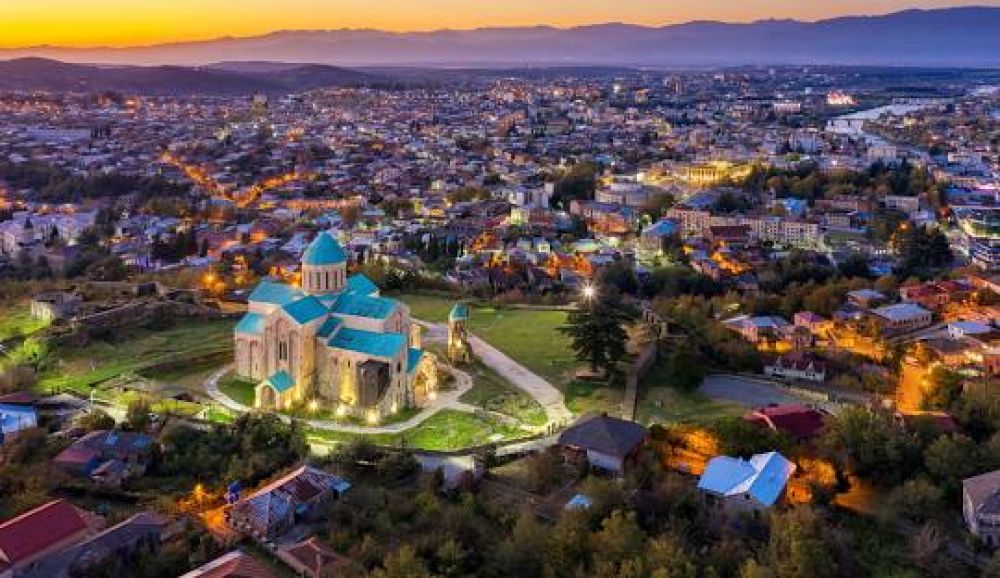

Kutaisi, one of the oldest cities in Georgia and the legislative capital of the country, boasts a rich history that intertwines with the evolution of tourism in this enchanting region. Known for its historical significance and natural beauty, Kutaisi has been a center of culture and education for centuries, which has organically grown its appeal as a tourist destination.
Long before tourism was conceptualized, Kutaisi was a place of pilgrimage and intellectual pursuit. As the ancient capital of the Kingdom of Colchis, it is entrenched in the fabled tale of Jason and the Argonauts' quest for the Golden Fleece. During the medieval period, Kutaisi became the capital of the Kingdom of Georgia, further enhancing its status and giving rise to architectural marvels like the Bagrati Cathedral and Gelati Monastery.
These historical landmarks have attracted the interest of scholars and the religiously devout for centuries, setting the stage for what would eventually become a flowering tourism industry. Both the Bagrati Cathedral and Gelati Monastery would later be designated as UNESCO World Heritage Sites, confirming their global cultural significance.
It was during the Soviet era that Kutaisi began to see a more structured development of tourism. Recognized for its cultural heritage and the surrounding natural wonders such as Prometheus Cave and Sataplia Nature Reserve, Kutaisi saw the establishment of infrastructure to support an influx of domestic tourists from across the Soviet Union. Visitors were drawn to the city's museums, historical sites, and the chance to explore the magnificent landscapes of the region.
Following the dissolution of the Soviet Union, Georgia gained independence and began nurturing its tourism sector as a means of economic development. Kutaisi, with its storied past and existing cultural attractions, was poised to become a key feature in Georgia's tourism offering. Improvement in transportation infrastructure, including the development of the Kutaisi International Airport, allowed for greater international access to the city.
In recent years, sustainable tourism has gained momentum in Kutaisi. Efforts are being made to preserve the city's unique cultural and natural heritage, while also promoting community-based tourism, which benefits local populations. Tourists are increasingly seeking authentic experiences, leading to the rise of local guesthouses and tours that celebrate Georgian traditions, cuisine, and wine-making.
Adventure tourism is another trend taking hold, with visitors drawn to the area's caving experiences, trek in the Caucasus Mountains, and whitewater rafting on the Rioni River. Kutaisi's positioning as a hub for exploring Western Georgia caters to this desire for natural adventure, while also providing a historical context that enriches the traveler's experience.
To keep pace with global tourism trends, Kutaisi is also embracing digitalization, offering virtual tours of its landmarks and promoting itself through social media and online travel platforms. This blend of the ancient and the contemporary ensures that Kutaisi remains an appealing destination for a diverse range of travelers.
In conclusion, the history of tourism in Kutaisi reflects the city's evolution from an ancient cultural center to a modern tourist destination that honors its past while looking to the future. The unique blend of history, culture, and nature in Kutaisi continues to captivate visitors from around the world, securing the city's place on the global tourism map.